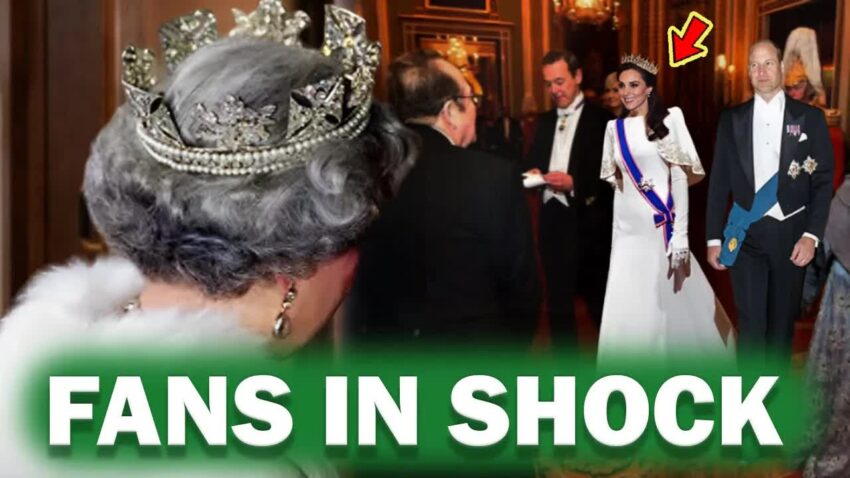Since tying the knot with Prince William in 2011, Catherine has transformed into a beloved figure within the royal family.
Her remarkable journey from an ordinary individual to the Princess of Wales has captured the public’s attention, and her popularity has only grown over the years.
A recent poll underscores this affection, revealing that an impressive 66% of respondents hold a favorable view of Catherine, while Prince William follows closely at 65%.
Meanwhile, Princess Anne, known for her straightforward demeanor and commitment to public service, comes in third with a solid 62%.
Now that Catherine is officially back in the swing of things, albeit at a measured pace, her fans can breathe a sigh of relief.
Many are hopeful that she will heed the advice of royal insiders and take her time easing back into her duties.
This period of recuperation has also brought to light a title that Prince William had wished to bestow upon her.
Before their wedding, there was much discussion about the titles they would adopt as a married couple.
William, who was then known as Prince William of Wales, expressed a desire to maintain his title instead of becoming a duke.
He reportedly stated, “I was born Prince William and want to continue to be known as that.”
But his unconventional wishes didn’t stop there; he also wanted Catherine to be styled as Princess Catherine.
Unfortunately for him, this idea did not sit well with the late queen, who traditionally reserved the title of princess for those born into the royal family.
Royal historian Kenneth Rose pointed out that while Queen Elizabeth II had made exceptions in the past, she was unlikely to do so in this instance.
“Catherine is a commoner and could not be known as Princess Catherine,” he explained.
The queen had the final say on titles, and there were indeed rare exceptions, such as the Duchess of Gloucester, who was granted the title of Princess Alice after her husband’s passing due to her years of service.
Had Catherine been granted the title of Princess Catherine, it might have opened the floodgates for similar requests from other royal family members.
Rose noted that if Catherine had been styled as a princess immediately, others, like Princess Michael of Kent, might have insisted on being called Princess Marie Christine.
Ultimately, the royal title system remained intact.
After their wedding, Catherine officially became the Duchess of Cambridge—a title she held for over ten years.
This title followed the tradition of adopting the husband’s title in a feminine form.
Additionally, she received the titles of Duchess of Rothesay and Countess of Chester, although these are seldom used.
Following the death of Queen Elizabeth II and William’s ascension to the role of Prince of Wales, Catherine took on the title of Catherine, the Princess of Wales.
Despite this prestigious designation, she is not referred to as Princess Catherine.
Interestingly, this doesn’t seem to trouble the couple, who have embraced a more modern approach in recent years.
They often sign official messages simply as “W and C,” reflecting a more relaxed and accessible image.
Their children—Prince George, Princess Charlotte, and Prince Louis—also embody this informal style.
At school, they are known by the surname Wales, a nod to their father’s title before he became Duke of Cambridge.
In a charming twist, King Charles is affectionately referred to as Grandpa Wales by his grandchildren, a sweet reminder of his previous title.
While William’s hope for Catherine to be known as Princess Catherine may not have materialized, it hasn’t diminished their roles or status within the royal family.
As they continue to manage their responsibilities and engage with the public, William and Catherine remain cherished figures, admired not for their titles but for their genuine connection with the people.
Their story reflects a blend of tradition and modernity, showcasing a royal family that is both relatable and inspiring.
